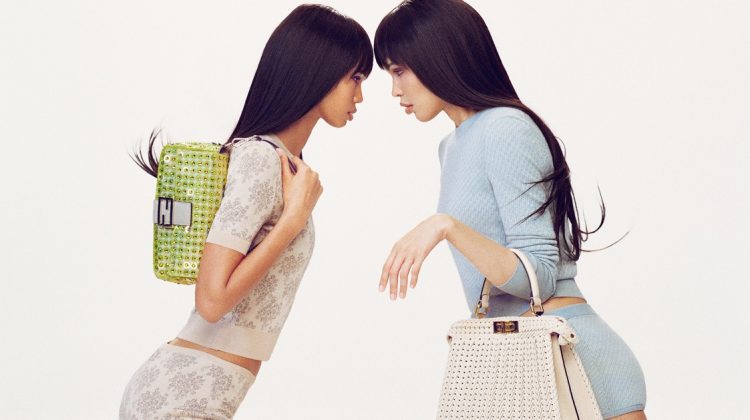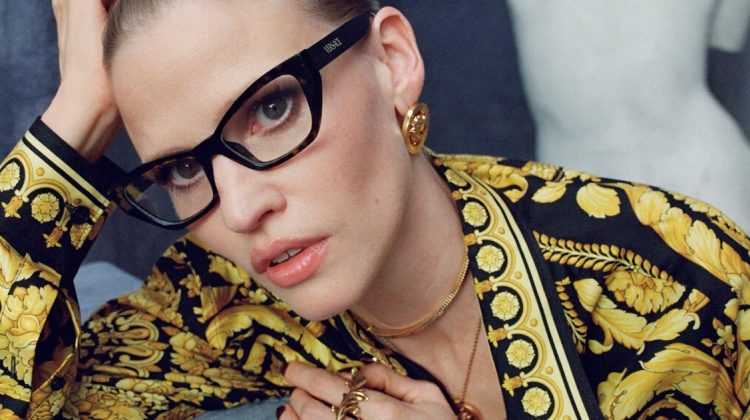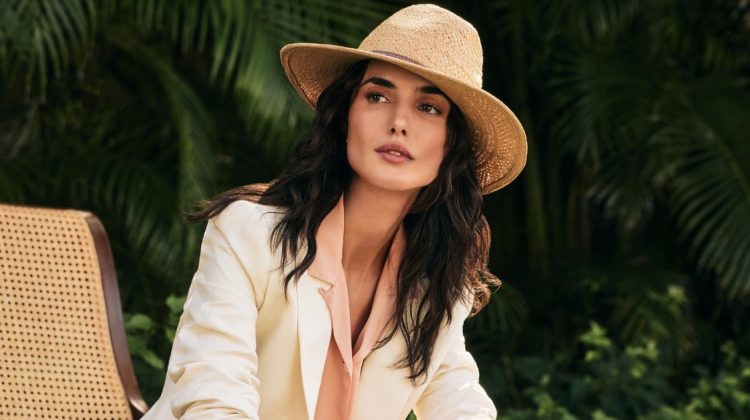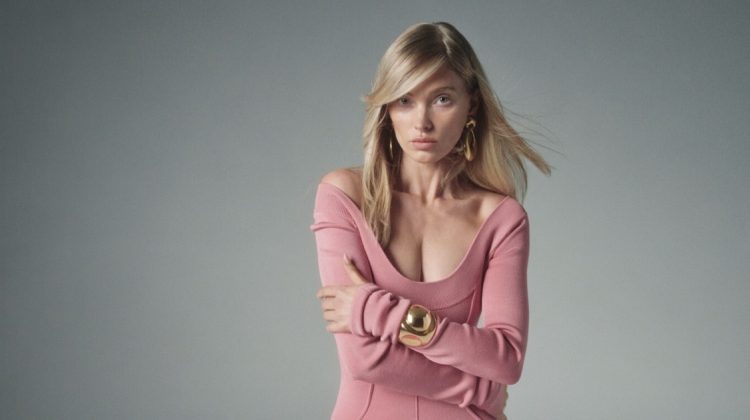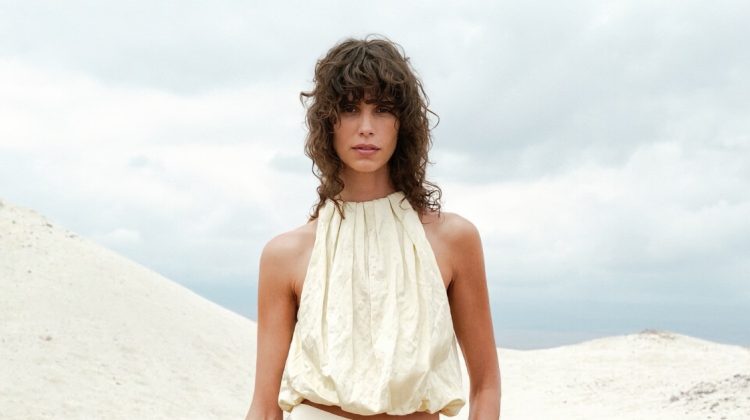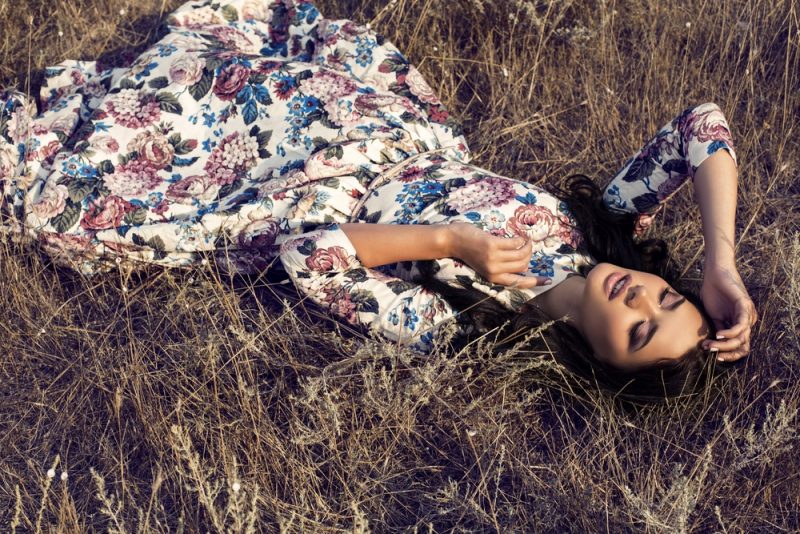
Flowers have played an important role in the fashion world throughout the ages. Flowers are a part of Mother Nature. They symbolize beauty and release nice scents into the atmosphere. Flowers tend to brighten up the place and put a smile on people’s faces. Since many centuries ago, people have used floral patterns to decorate their clothing.
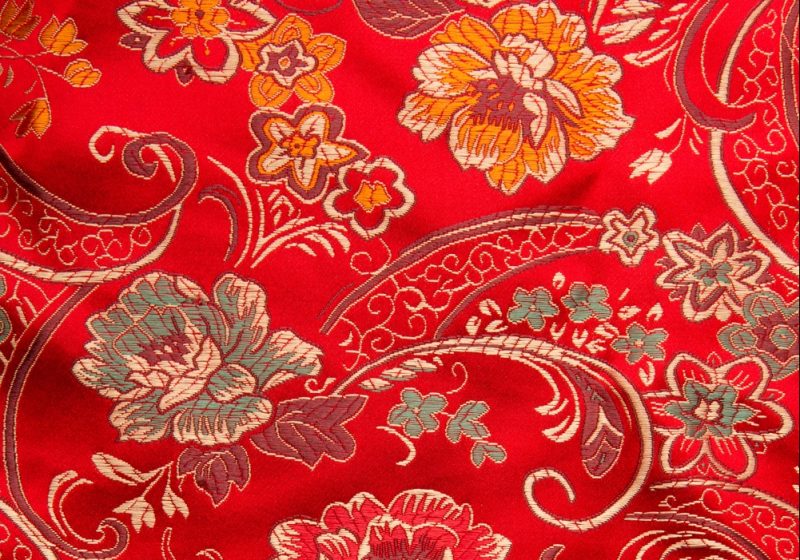
Florals in Asian Designs
Peonies are one of the flowers that first appeared on Chinese floral silk about two thousand years ago. Peonies are often depicted along with birds, vines, dragons, phoenixes, and scenery in nature. Floral silks were fashionable in the Tang dynasty period from 618 – 907 AD. It was introduced to the west in the 19th century. The West had just started to include flower prints from China and Japan on fabrics. Early embroidery on silk clothing in China was usually reserved for the wealthy.
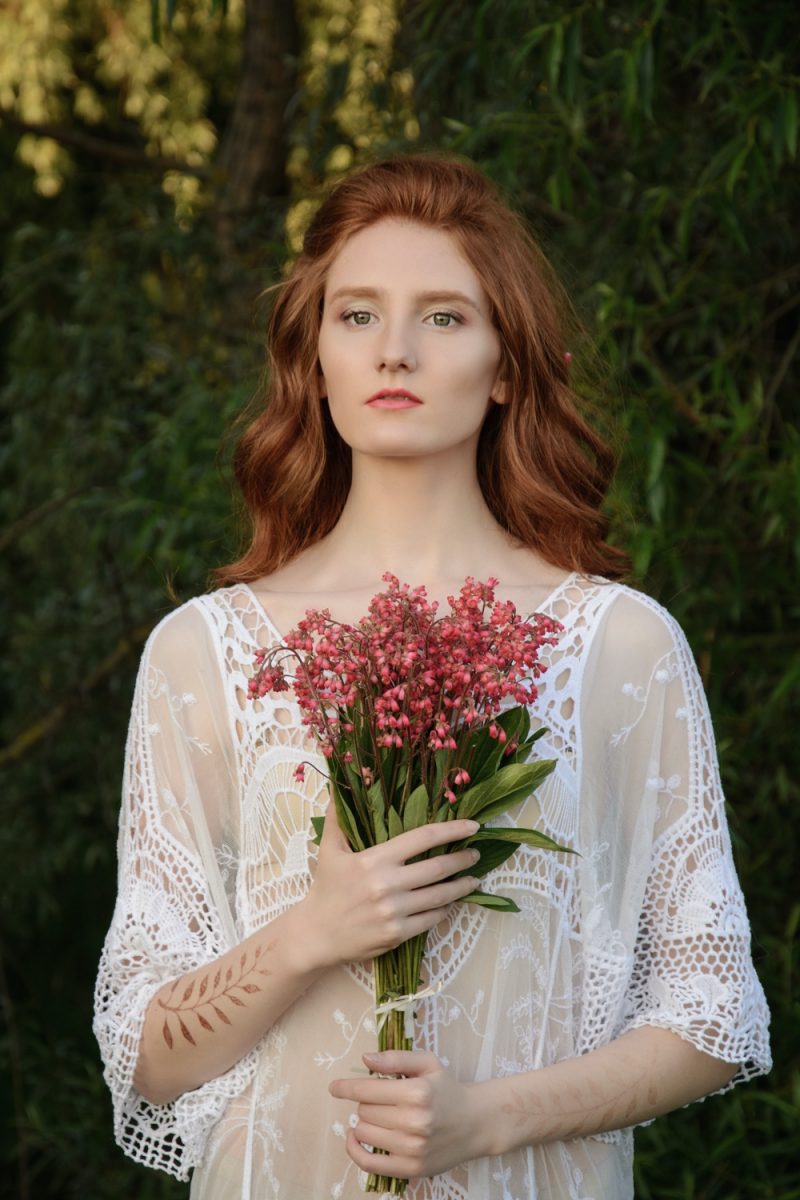
Floral Lace
Beginning in the 15th century, it became fashionable for men to wear floral lace. The lace was worn around the neck to embellish the edge of the attire. Floral lace is suitable to be worn with linen clothing and dresses made from heavier materials. It was a fashionable assortment for both ladies and gentlemen in the late 16th century.
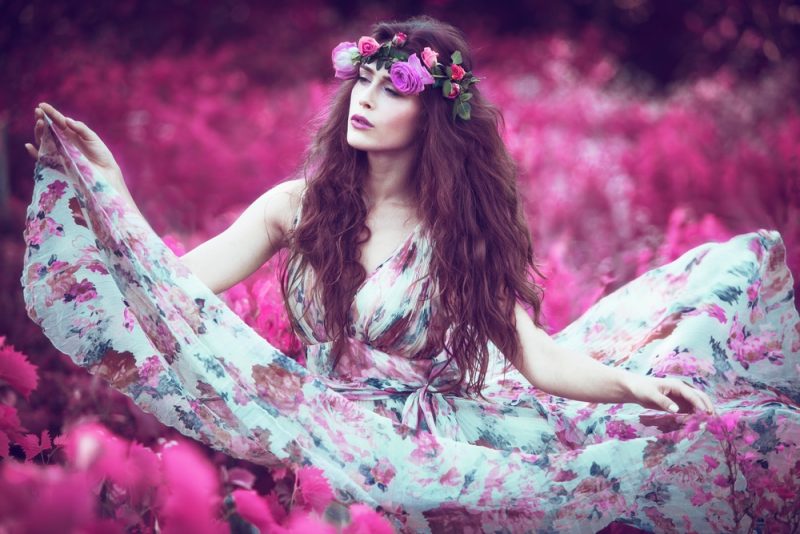
Floral Prints
In the 18th century, many printed cotton dresses in Europe had twisting stems and bright color flower patterns. Smaller sprig and blossoms designs were popular in the 1790s. The flowers that were frequently seen in the design are daisies, carnations, and roses. Get more details about different flowers at https://myglobalflowers.com/.
India is famous for producing the chintz fabric, which features repeated tiny flowers painted based on local plants. Chintz was later reproduced with woodblocks first on the light background than on a dark background. The chintz that is produced on wood blocks usually features small flowers and leaves.
Indian Chintz was brought in by the British and Dutch merchants from India to Europe. It was produced in large quantity in the 19th century and sold at low prices. Chintz was frequently used in bedding and curtains in the homes of French aristocrats. Later, the chintz clothing was handed down to the servants who made them into clothing.

Floral Gifts
It was a trend for young ladies to carry small bouquets to dinner parties and balls in the Victorian era. Special bouquetiers were used to contain a small bouquet so that they can stay fresh. The trend was completely lost at the time of the first World War. However, people continue the fashion by wearing flowers on their dresses when they attend exclusive occasions like weddings.
Flowers were also used as gifts for close relatives in the Victorian era. Gentlemen would also present flowers to young ladies to convey a message of affection before engagement. The flowers were often selected based on their meanings to ensure they were an appropriate gift for the recipient.
In those days, almost every Victorian home would have at least one guidebook about the meanings of different flowers. The family members could reference the guidebook whenever they wanted to send flower gifts. For example, you would give rosemary as a token of remembrance for a friend. Red roses or red tulips were the best options for expressing passion to a loved one.
Today, flowers remain one of the most popular clothing designs. Both real flowers and prints of flowers can be incorporated into the designs of dresses. Incorporating real flowers into the dress design can make it outstanding. Floral dresses are suitable to be worn in any season. They look great no matter if it is printed or embroidered onto the clothing.
